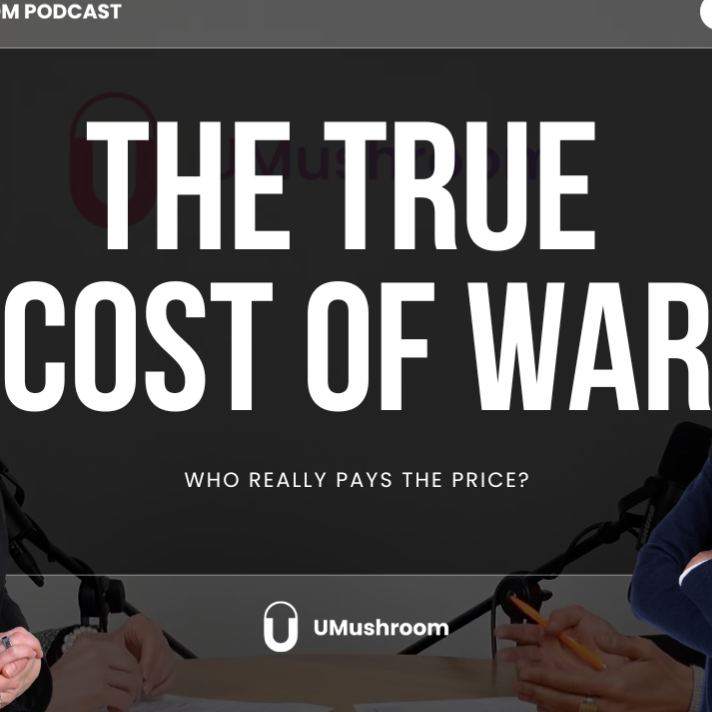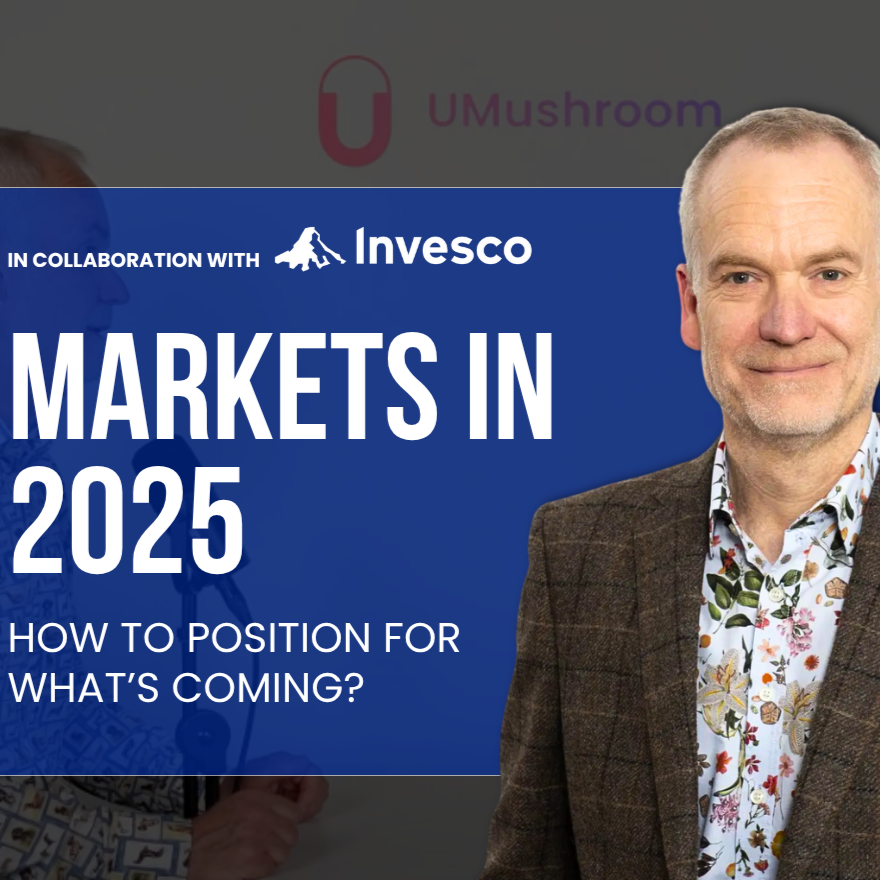Trump, Tarifs and Trade wars
In our latest episode, we dive deep into a topic currently dominating the headlines: Trump, tariffs and the associated economic dramas. We sat down, examined the facts, and shared our thoughts on the matter – and we can promise you: it's going to be exciting! Here's a little preview of what's in store for you.

For months now, the media has been buzzing about it: Donald Trump and his plans for new tariffs. What at first sounded like an outdated throwback to the days before so-called “free trade” has now become a tangible reality. Trump is sticking to his word – at least when it comes to tariffs. And the reasoning behind it is more economically sound than it might seem.
But before diving into the details, let’s start with the basics: What are tariffs, anyway?
Tariffs, simply explained
- A product is exported from Country A to Country B.
- Cost: €10 to manufacture, plus €2 for transport.
- Tariff: Country B adds a 20% tariff, raising the import price to €14.40.
- The extra €2.40 goes directly to the government – not to shops or middlemen.
In short: Tariffs are a kind of tax that generate revenue and influence the market. Sounds simple, but in reality the global tariff system is anything but – it varies widely from country to country.
Free trade? Handle with care
Headlines often shout: “The end of free trade!” But how free is that trade, really?
We took a look behind the scenes and found: tariffs and trade barriers have always existed. In fact, the U.S. was one of the few countries with almost no tariffs – until now. So the drama may be overblown.
Still, the numbers are clear: The U.S. imports more than any other country and runs a massive trade deficit, while China – the world’s top exporter – posts a huge surplus. That kind of imbalance isn’t sustainable – not for the global economy, and not for the U.S.
Why Trump’s policy makes economic sense
Trump wants to fix this imbalance. The U.S. has been over-consuming for years – paid for by selling off assets to foreign investors.
“We’re selling off our country just to keep consuming,” Trump says.
His plan? Import less, produce more. That’s meant not only to rebalance trade, but also to foster innovation. Because when you stop making things, you lose touch with production – and over time, your ability to create new things fades too.
A look at the past makes it clear: the U.S. has lost ground in innovation. Trump wants to turn that around.
The dollar and the global economy
Another crucial factor: the U.S. dollar as a global reserve currency. For decades, it’s been the dominant force in world trade – but that dominance is now slipping. Countries like the BRICS nations are increasingly turning to local currencies or even gold.
If the dollar loses value, imports get more expensive, and the U.S. could find itself caught in a downward spiral. Trump’s tariffs could act as a counterweight – supporting the dollar by slowing consumption and boosting domestic production.
Europe and the hidden tariffs
Trump also has Europe in his sights: While the EU officially has low tariffs, its bureaucracy often acts like a hidden trade barrier.
And these new U.S. tariffs? They’re not arbitrary. They’re based on complex calculations – from trade deficits to reciprocal tariffs.
The result: Switzerland faces an average effective tariff of 31%, Vietnam 46%, Europe 20%, and the UK only 10%.
If you’ve ever shopped online from Switzerland, you know the unpleasant surprise of a customs bill – and it adds up quickly!
What does this mean for businesses and consumers?
Companies now face the challenge of responding to these tariffs.
Luxury goods might keep prices stable – demand there is less price-sensitive. Other sectors may pass costs on to consumers – or absorb them. In the long run, wages might rise to offset the burden.
But until a new balance is found, things could stay rocky.
America on economic withdrawal?
We joked over coffee this morning: the U.S. feels like a junkie in withdrawal.
After decades of overconsumption, the brakes are being applied.
It won’t be easy, but in the long run, it might be exactly what the economy needs – just like detox helps a person get healthy again.
The real question is: How long will it take for things to stabilize? And how will the markets react?
Opportunity in the volatility
The real economic impact may stay moderate – much of it is already priced into the markets. But uncertainty and media hype drive volatility.
For savvy investors, that’s an opportunity – in U.S. tech stocks, for example, or niche sectors like biotech.
In the long term, we believe: the global economy will keep growing – hopefully on healthier foundations.
Final thought: More than just drama
Despite our initial skepticism, we now see Trump’s tariff policy in a different light – economically, it makes a lot of sense.
There will be turbulence, yes – but also opportunity. A new balance will emerge – when exactly, we’ll have to wait and see.
What do you think? Drop us a line at [email protected] – we’d love to hear from you!
🎧 Listen to the full episode and stay tuned for more insights from What Your Bank Won’t Tell You
→ Available now on Spotify
→ Watch on YouTube
Got a question or want us to dive deeper into a specific topic? Just let us know!




